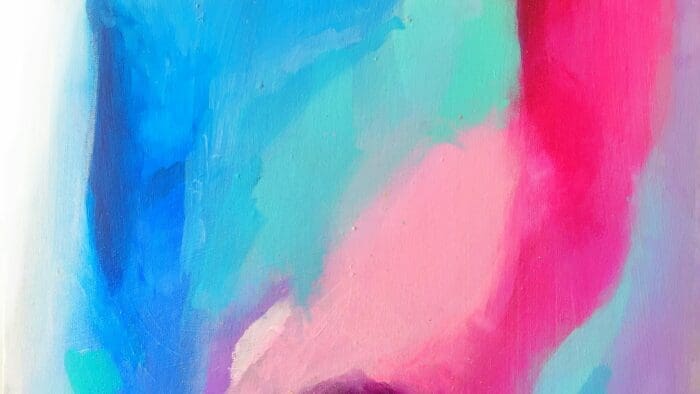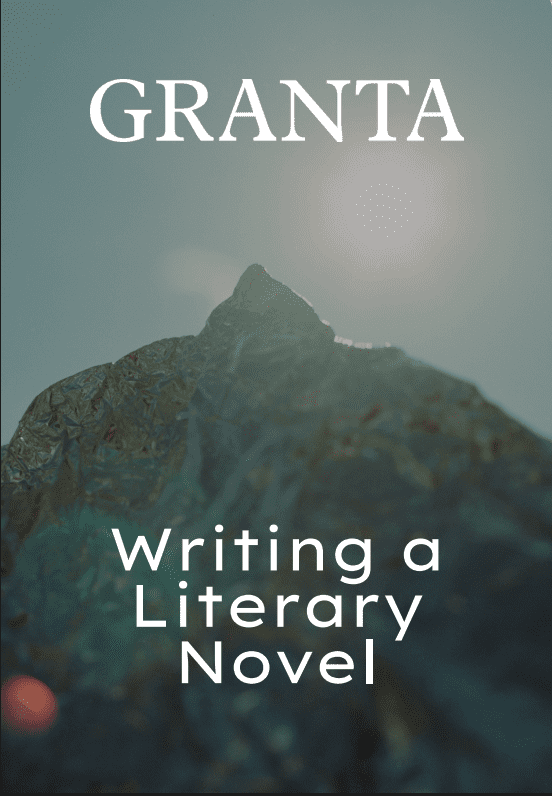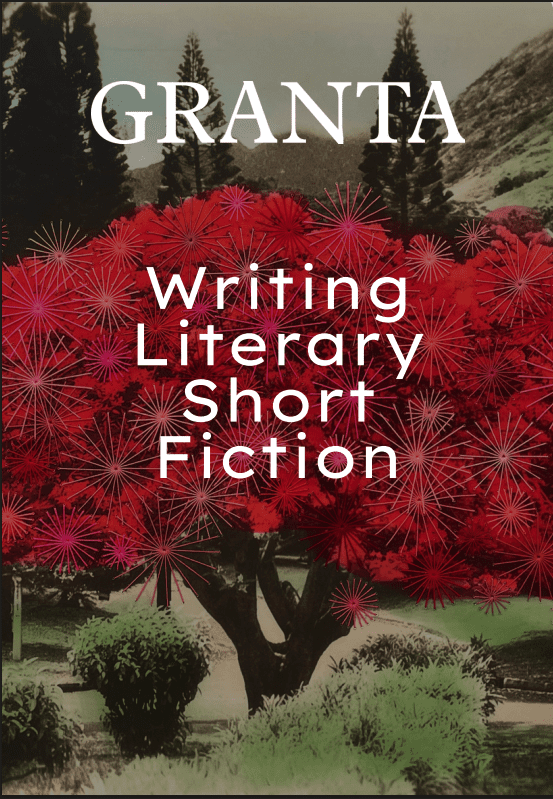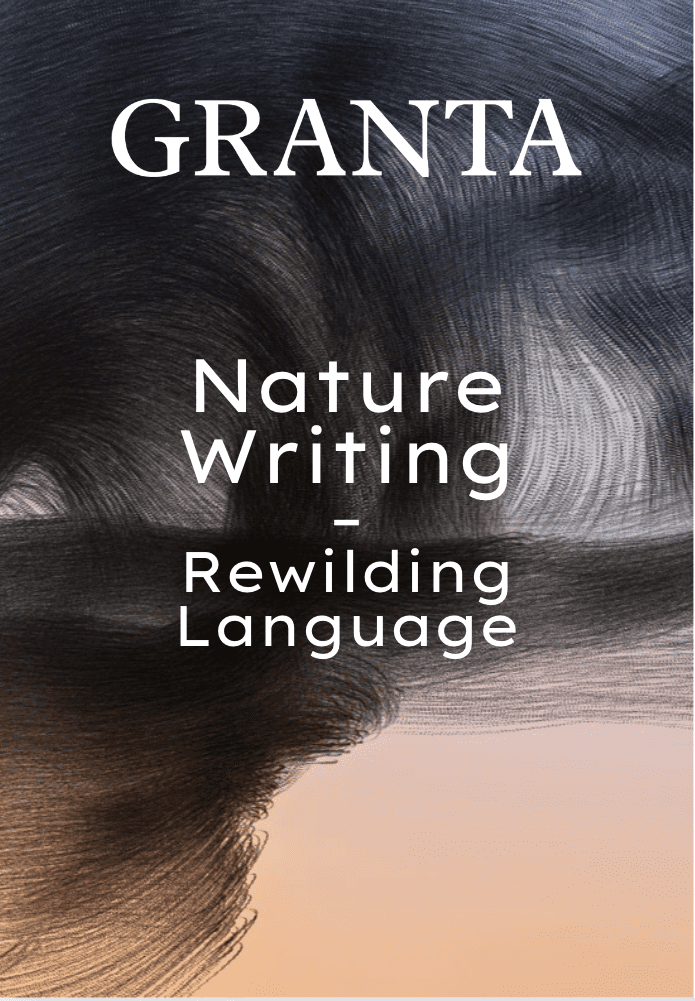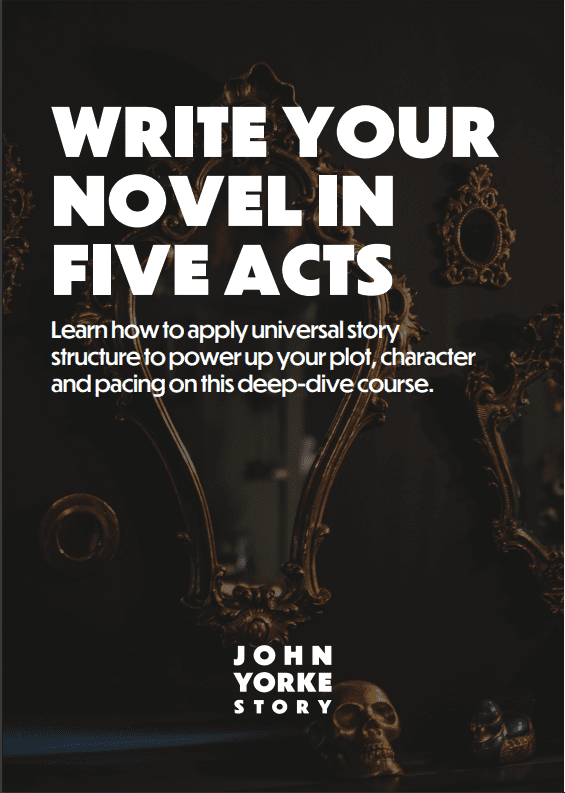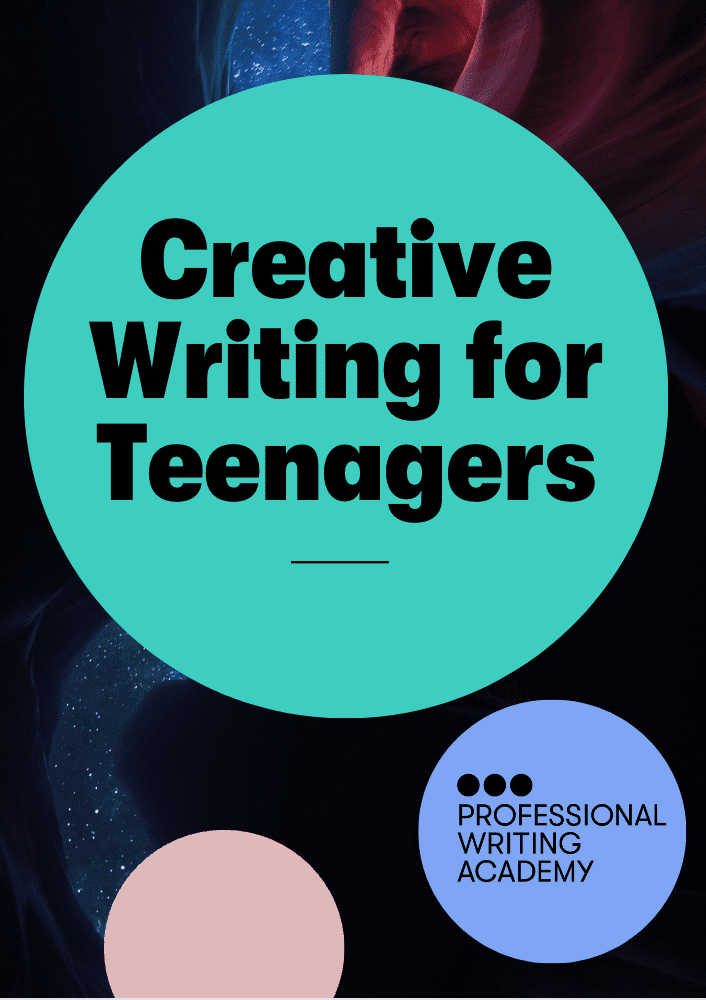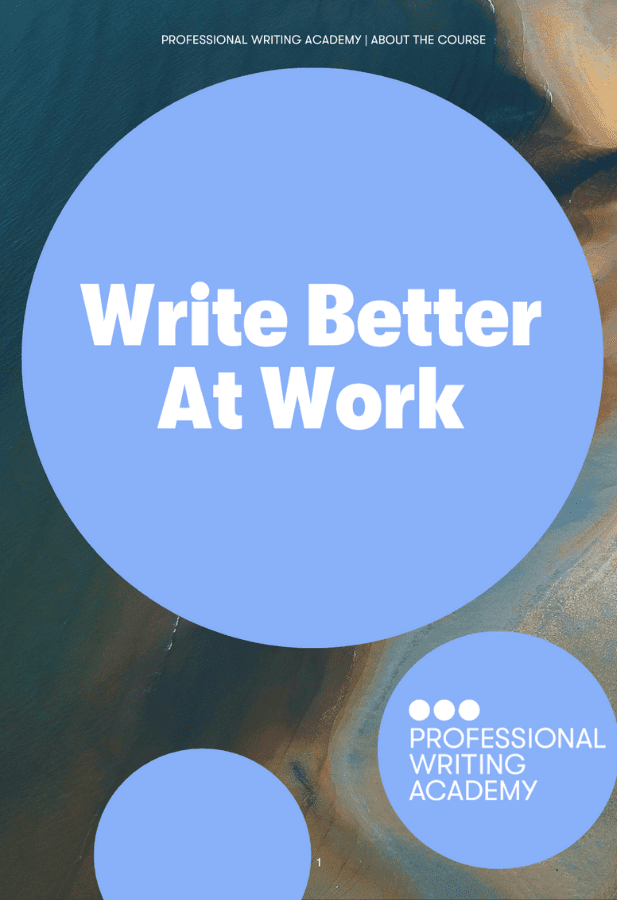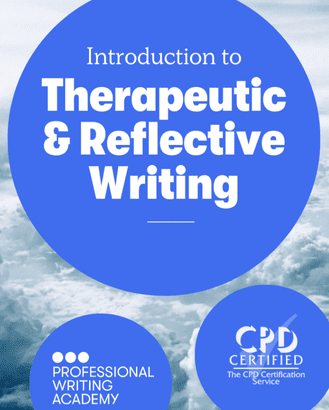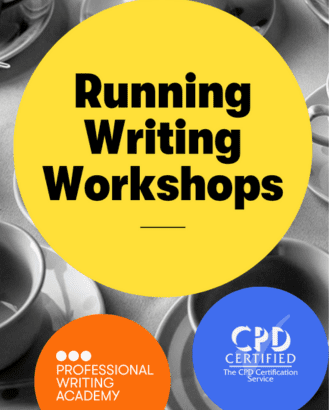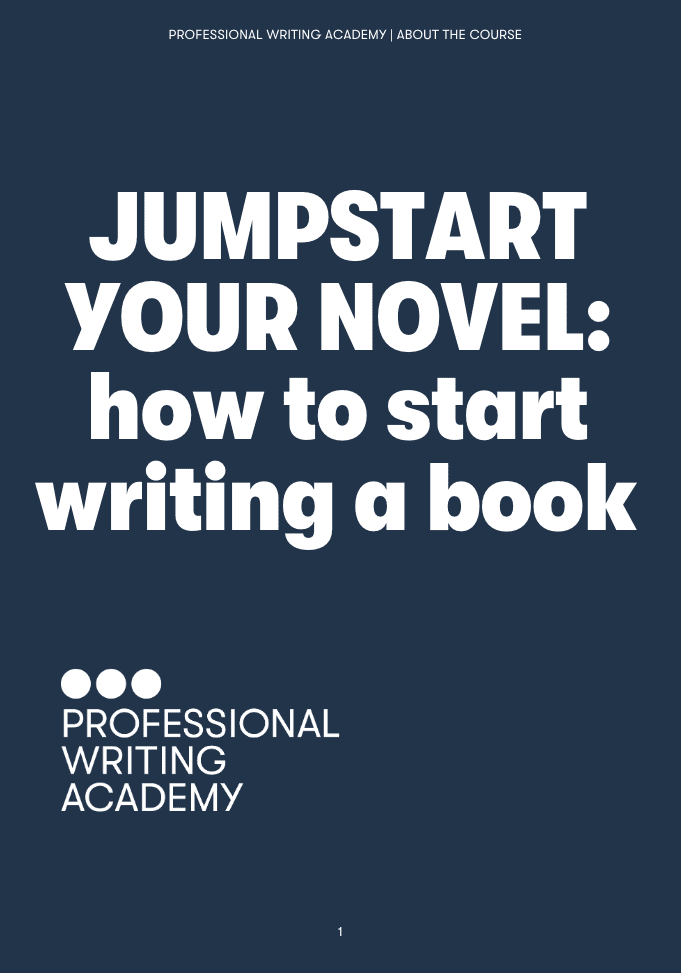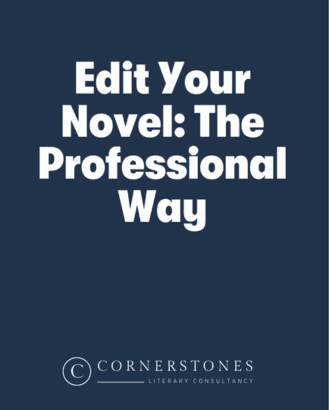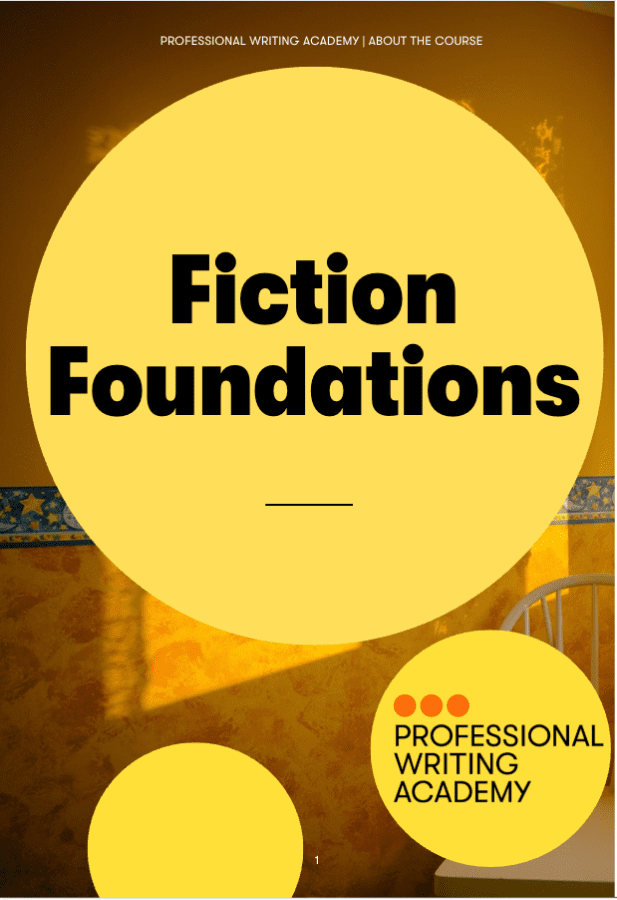From the genesis of an idea to submission to an agent, the process of planning runs like a thread though it all. And, while everyone has their own techniques and processes, in essence, writers fall into two camps: the planners and the pantsers (those who fly by the seats of the pants).
The two techniques for writing a novel
Planners are meticulous. From character introductions to midpoints to the very final page, they’ve plotted everything they need to know well in advance.
This focus on structure by no means implies a lack of creativity – however, they prefer a more detailed plan to guide them and their characters through to the story’s end. This methodical approach is great for actually getting stories written, ready for the all-important editing process.
Pantsers, however, are driven by instinct, and let the story unfold before their eyes – with characters often surprising the author as much as the reader.
Perhaps closer to what non-writers imagine an author’s process being like, pantsing does come with inherent drawbacks – namely running out of steam when that explosion of creativity dwindles.
So, seeing as every writer is different, we spoke to some of our favourite writers about their writing process, whether they prefer to plan or pants a novel, and if their approach to creating plots and characters has changed as their careers have developed.
I usually start with a character wanting something and I know the ending as a result – they get what they want, they don’t, or they get something they didn’t anticipate. So, I have a beginning and an end. Then I just have to make the middle exciting!
– Rupert Wallis
What the experts say
Lee Weatherly
I used to be a pantser, but it really didn’t work for me – I found my stories dwindling to nothing after about three chapters. Now I do tend to plan, but not overplan – that kills the fun for me! I like to know lots about the story world and the characters, and the main events leading through the story, like a series of stepping-stones through to the end.
So, I almost always flesh something out first, at least to some extent. When I first started, I’d just plunge right in and then things would fizzle out after three chapters or so, because I had no idea what happened next.
Working with a rough plan gives me space to still be surprised by the characters’ actions, which to me is part of the magic of writing. So, I guess I’m a planner now, but not obsessively so. It’s nice to have a balance!
Lee Weatherly is a Young Adult Fiction author and tutors our Write a Young Adult Novel course
Rupert Wallis
There are writers who are planners and those who are pantsers – I’m a bit in the middle, so I like to have a sense of where I’m going but have to realise that it needs to flexible.
I usually start with a character wanting something and I know the ending as a result – they get what they want, they don’t, or they get something they didn’t anticipate. So, I have a beginning and an end. Then I just have to make the middle exciting!
For short stories I do find that no matter how much I try to map out an arc, framework or plan plot-wise, I tend to veer so far from it that the final piece seems entirely different.
Rupert Wallis writes Young Adult (YA) and Middle-Grade (MG) fiction, and tutors our Creative Writing for Teenagers course
Vanessa Fox O’Loughlin
I find that a bit of structure is always a bonus. I’m a plotter at heart, but once a book gets going anything can happen and it’s good to be able to follow your character’s lead.
I plot by hand to start with, creating mind maps and lots of scribbles, and then I transfer everything to a column-based chart system I developed from one my friend Alex Barclay uses. I also find flashcards really useful – I use them when editing to work out what I’ve got chapter by chapter, and I can move them around and see how the story flows if I changed the chapter order – and I use Scrivener (badly) to try and organise everything.
Vanessa Fox O’Loughlin writes crime fiction under the pen name Sam Blake (Little Bones, The Dark Room)
Eley Williams
For short stories, I do find that no matter how much I try to map out an arc, framework or plan plot-wise, I tend to veer so far from it that the final piece seems entirely different.
I think for me it starts with an image, or an unsettling feeling that then is provided context, or placed in a situation where there’s tension – in the positive, generative way that ‘unsettling’ can often be, however uncomfortable to parse. Tension, however small the stakes, equals momentum for a story.
Over my career, I’ve changed my stance on plotting. I used to just write into the blue, hoping the idea would run away with itself, but somewhere around my fourth novel I realised that I actually quite enjoy the security blanket of a pre-formed structure.
– Julia Crouch
Eley Williams is a writer of short fiction (Attrib, The Liar’s Dictionary)
Julia Crouch
Over my career I’ve changed my stance on plotting. I used to just write into the blue, hoping the idea would run away with itself, but somewhere around my fourth novel I realised that I actually quite enjoy the security blanket of a pre-formed structure. It does remain fluid, however, and I have not yet once stuck entirely to the index cards I have pinned on a massive corkboard in my writing shed.
That’s my process, though, and everyone is different. However, I’m pretty certain every writer will benefit from considering plot and structure at some point in their process.
If you’re an intricate plotter who likes to have everything mapped out in advance, do be prepared for discoveries to take you away from your original plans. A broad idea for the story arc of your novel can be just as useful as chapter-by-chapter notes and can, for many of us, make for a more organic – and often more enjoyable – process.
For me, the plotting proper tends to happen in the second draft. I also temper the combination of plotting and the excitement of writing off-the-cuff by taking time to write scenes that I think will help me find the voice or tone or backstory of the novel, as sort of exercises – these often unleash all sorts of new events to include.
Julia Crouch is a bestselling domestic noir author (The New Mother, The Long Fall)
My advice would be to do what feels natural. I know that isn’t much help because when you’re starting out you don’t actually know what feels natural, but I know authors – successful authors – who write every which way.
– Jo Furniss
Jo Furniss
By nature, I’m a plotter. For my first novel, I certainly knew how it would end and maybe two or three of the major plot points on the way. But then I just wrote from A-Z. It worked for that novel because it had one point-of-view character and the structure was simple.
My second novel, though…Well, I nearly sent myself mad. It was way more complex. Two POV characters. Timelines in the present and past. Loads of red herrings and reveals. I should have plotted it more tightly, I think.
My advice would be to do what feels natural. I know that isn’t much help because when you’re starting out you don’t actually know what feels natural, but I know authors – successful authors – who write every which way. Some plot every scene. Some write incredibly twisty plots without knowing how it will end or how the strands will tie together.
One thing that definitely works for me is to write a synopsis early on – literally just an account of what happens in the novel, point by point, so that I have it clear in my head. I adjust the synopsis as and when it changes
The other thing I would say is that when I plan, I always hope the character and plot will develop hand-in-hand, because two are interlinked. The plot will change the character and the character will change the possibilities of the plot.
Jo Furniss is a PWA alumna and author (The Trailing Spouse, All The Little Children)
Clare Fisher
I’m not a massive planner – I wish I was more of one! I think, especially with a novel, you need a rough idea of where you need to go, and a few big scenes/reveals to aim for, but personally, I find the most interesting stuff comes up in the writing.
For short stories, it’s easier to wing it – I find the stories often end up hinging on a phrase or an image that emerges. For crime or thrillers or anything more plot-based though, planning is essential. And I live in hope of reforming myself…
Clare Fisher is an author of short fiction (All the Good Things, How the Light Gets In)


